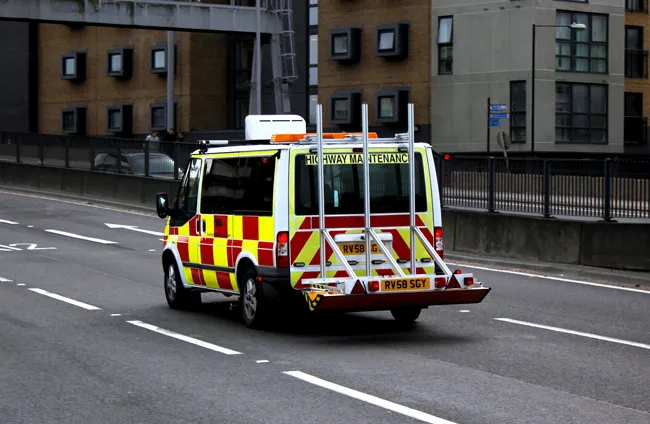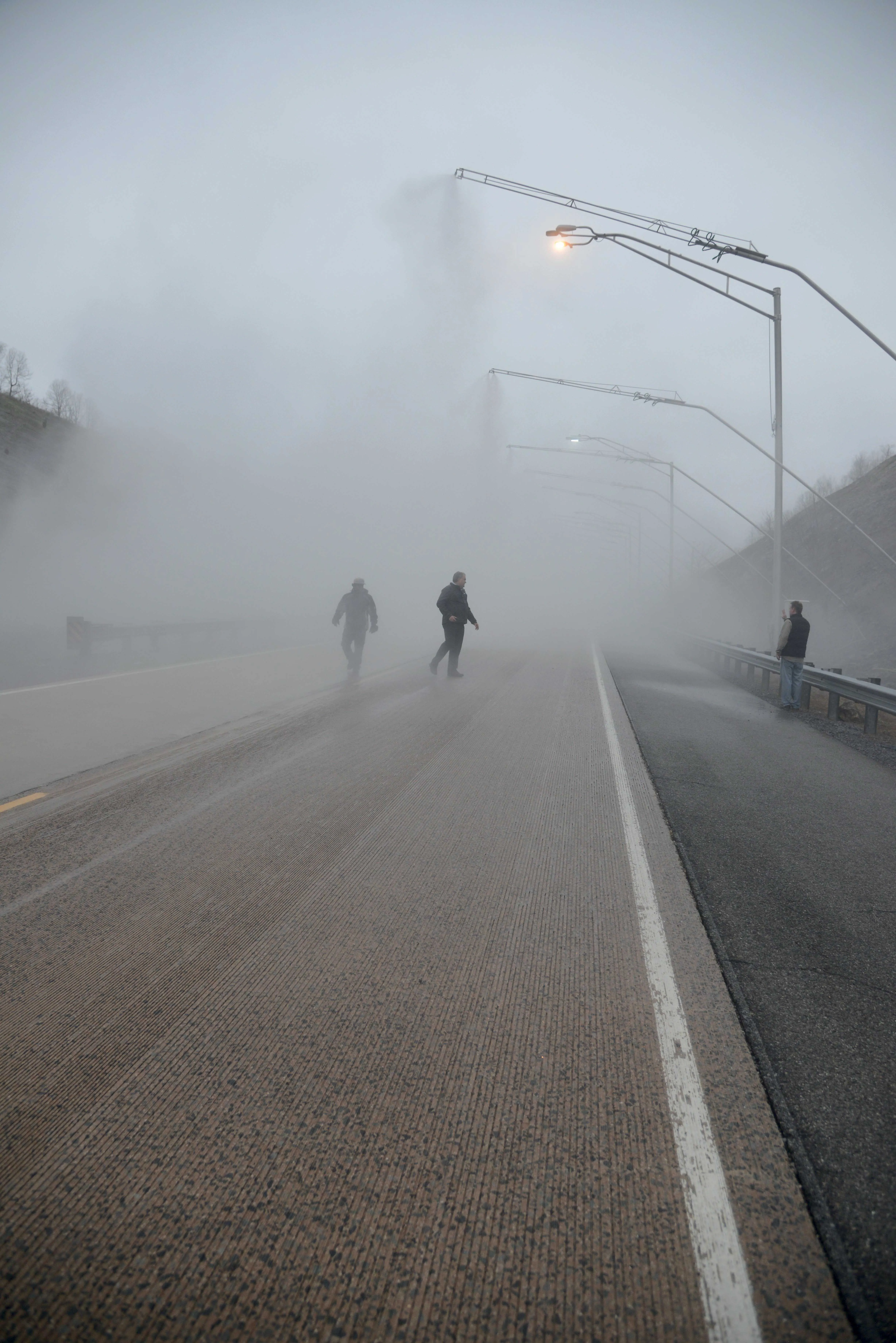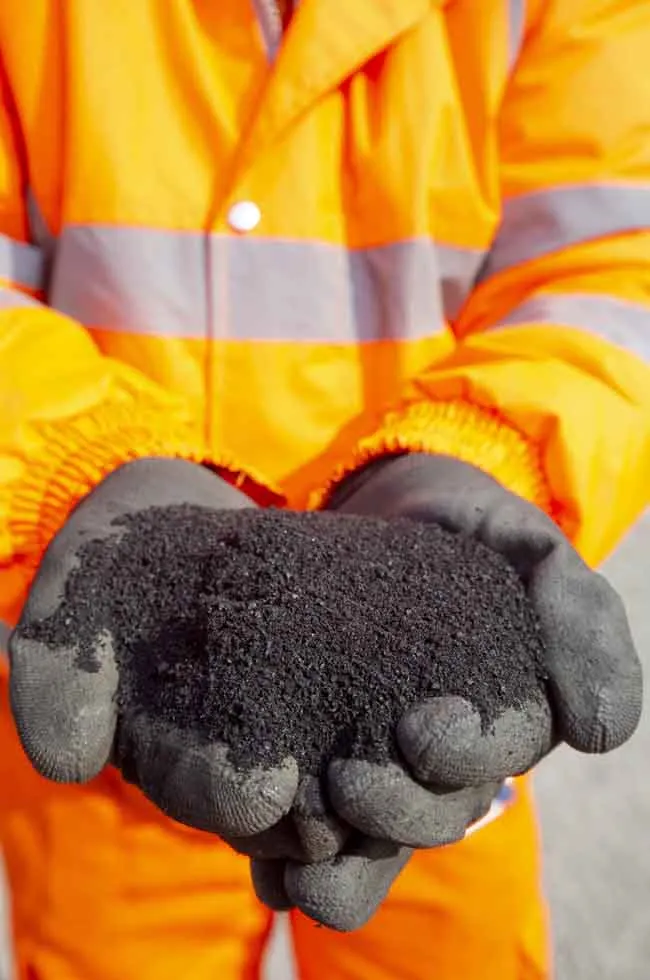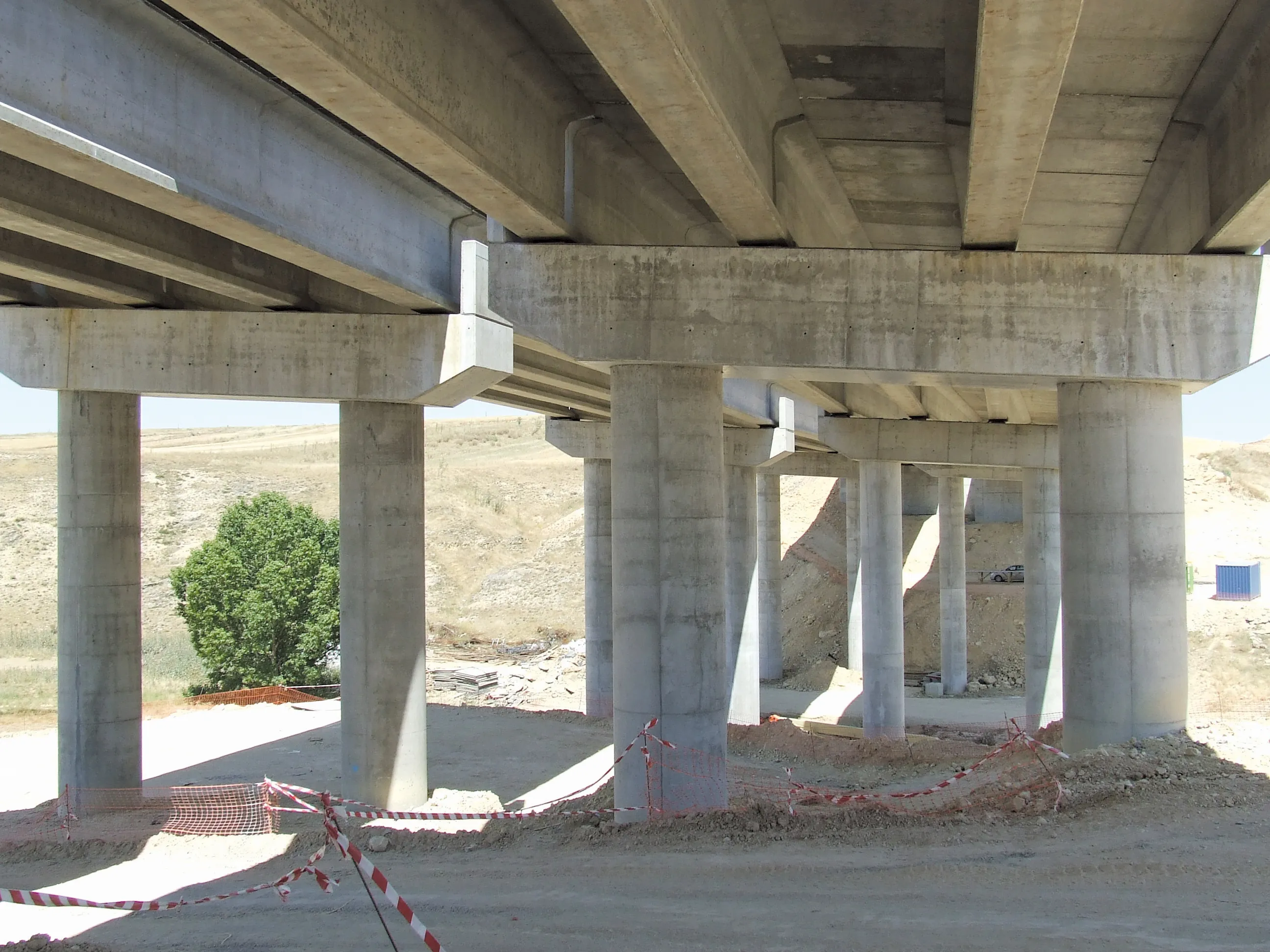
The UK’s Transport Research Laboratory (
“The specification called for a cross-carriageway cross-section every 250m. To do that using a traditional 2D GPR system would have required that we close the road and push the equipment across the carriageway every 250m,” said Cook. “For a large survey, involving several tens of kilometres, that’s a lot of lane closures.”
Using the 3D GPR, travelling at 88km/h, meant that TRL could survey a 25km stretch of motorway in both directions in two or three days, as opposed to two or three months using 2D radar. TRL uses a 3D GPR system called GeoScope from Norwegian company 3D-Radar. “I am very much a proponent of traffic-speed surveys,” says Cook. “This was the first time I had seen a system that would be capable of doing that.”
National roads authority
“You may not need a cross-section every 100m. You want to look at the road and see where the construction is changing and take more sections there,” said Cook. On the Smart Motorways programme, where lane positions are moved, the joint between old lanes can sometimes end up being the most heavily trafficked part of the pavement.
Since that first project for Highways England, TRL has carried out several more predesign surveys across the Smart Motorways programme. Over that time, there have been some improvements to the system. The antenna or bar that emits and receives the radar is now wider and the software to help process the data has improved.
“The analysis is still manual,” said Cook, “for instance identifying where the interface between materials is. But the software has improved so that there are more tools to help with that.”
Now 3D GRP is used for other related surveys such as bridge or tunnel decks. TRL is about to start a trial of the technology for investigating the filter drains that run down the sides of motorways. These often get full of silt, which only becomes apparent when they flood.
“We have done some work in the past using radar to investigate silting levels in filter drains, but sometimes it’s difficult to see what’s going on from one section down the middle of the drain,” said Cook. “We would like to use 3D to get a good picture of what is going on.”
Filter drain surveys could become a regular part of the inspection and maintenance regime to prevent flooding events, he added.









